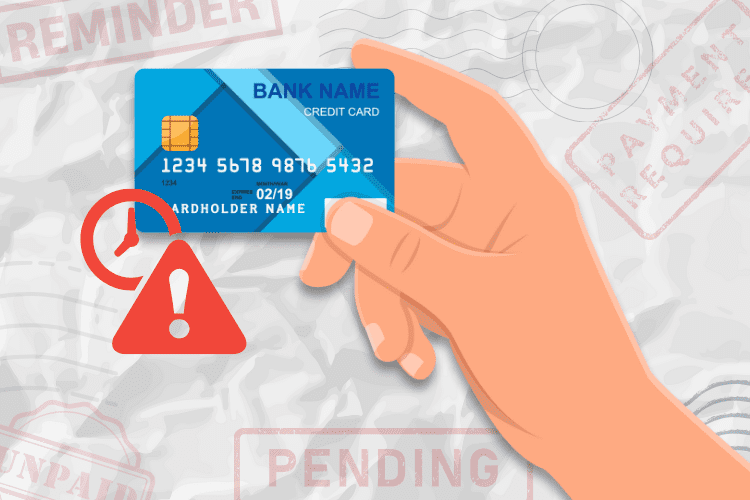Friendly Fraud On the Rise: What You Need to Know

E-commerce makes our lives much easier. However, despite its benefits, a few issues make online shopping frustrating for merchants and customers.
This is where friendly fraud comes in. It’s a growing concern for many business owners, increasing by 20% annually.
If you own an online business or handle online transactions, understanding how it works and how to prevent it will help you protect your bottom line.
What Is Friendly Fraud?
Friendly fraud usually happens when a cardholder disputes a transaction and claims it was unauthorized, even if they made it themselves or by someone who lives with them.
To give you a couple of examples, think of a child buying something they want online without asking their parents or someone accidentally pressing the “buy” button when they aren’t ready.
Regardless of the reason, the customer will call and initiate the chargeback process, which can cost an individual merchant up to thousands each year.
Why Is Friendly Fraud On The Rise?
With e-commerce stores popping up daily, millions of new shoppers conduct digital transactions daily, enabling issues like friendly fraud to occur more often.
Here are also some key reasons why it could be happening:
- Transaction Confusion: Cardholders, especially those new to e-commerce shopping, might not recognize a transaction, leading them to believe it’s fraud. This can happen mainly if the merchant’s name differs from the one on the transaction.
- Unauthorized Household Purchases: Family members or others in the household may buy something without letting the cardholder know.
- Complex Transaction Records: Vague transaction descriptions may give customers difficulty understanding them, such as using another name instead of the one used in the online shop.
- Rise in Fraud: E-commerce fraud has been on the rise for years. In sketchy cases, some customers may use friendly fraud to get free products.
How Friendly Fraud Affects Merchants
As much as friendly fraud is unintentional in most cases, it can have severe consequences for merchants, including:
- Increased Chargebacks: When a customer gets their money back, a merchant needs to refund the customer and pay chargeback fees, leading to more financial losses.
- Poor Customer Experience: Frequent returns and disputes prevent customers from returning as they become frustrated with the process.
- Inaccurate Fraud Data: Misclassifying friendly fraud as genuine fraud can lead to more false declines, where legitimate transactions are denied due to suspected fraud.
Steps To Prevent Friendly Fraud
Friendly fraud can be stopped with a few practical steps:
Give Clear Transaction Descriptions
Clear transaction descriptions will keep your customers at ease during (and after) buying from your store. Ensure transaction details are easily recognizable, avoid using abbreviations or unclear merchant names, and always include your contact information on the transaction statement to help customers verify purchases before disputing them.
Use Transaction Software
Using tools like Ethoca Consumer Clarity helps reduce transaction confusion by directly displaying your business’s name, logo, and other relevant info in a customer’s digital banking app. Some even offer access to customer service numbers to streamline the dispute process. More transparency can help the cardholder remember the transaction and reduce financial fraud cases.
Communicate with Customers
Communication is the best way to build business credibility and prevent fraud. When you see an unusual order, contacting the customer immediately can help verify the transaction. If you’re busy, make it incredibly easy for a customer to reach you to prevent any issues from escalating further.
The Bottom Line
Friendly fraud is a massive challenge many businesses face, costing them thousands yearly.
Don’t be one of them. Now that you understand why it happens, use this knowledge to improve your business’s customer service and protect your brand from future problems!
Read more:









